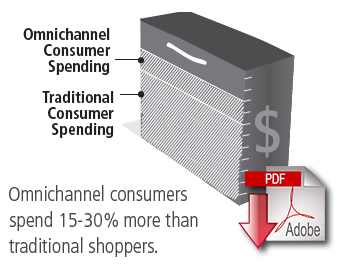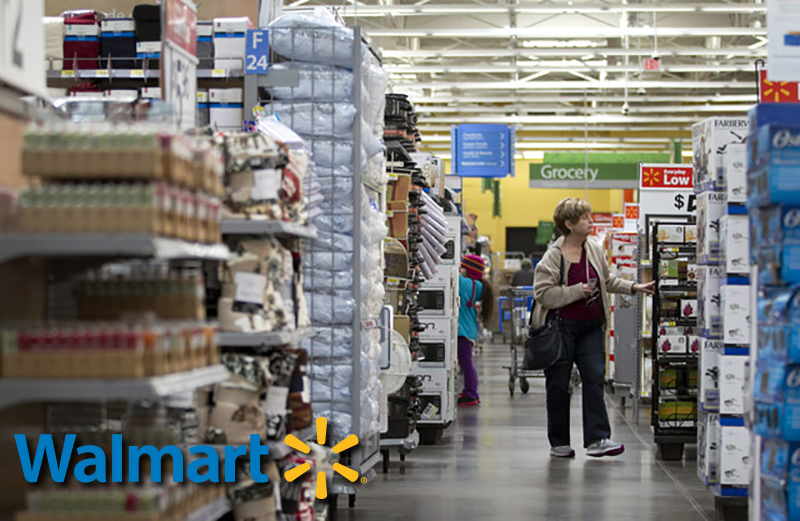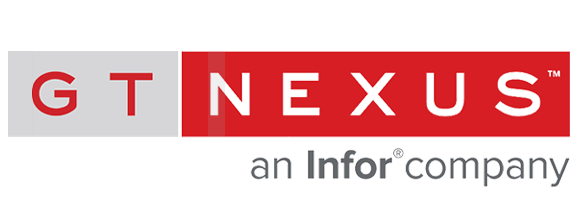The 2016 Inventory Crisis Continues

Retailers are caught in a dilemma – they need inventory to attract consumers, yet they're not moving it very well.
Prologis Inc., the world's largest warehouse owner, posted record profits this past quarter.
With revenues up 18% year-over-year at $602 million, Prologis's growth dovetails news that warehouse rents in 2016 are pushing new heights.
Warehouse vacancy rates in many major cities sit below 5% and a glut of inventory is building up in across retailers in the US.
Meanwhile, consumer demand remains relatively high, tossing out an obvious explanation for the high stockpiles.
Perhaps the 2016 inventory crisis has other forces propelling it besides simple supply and demand conditions. And perhaps there are other ways to cope than paying higher prices.
Demand
While volatile consumer demand in itself doesn't explain the glut of inventory, a closer look into consumer behavior does. Thanks to companies like Amazon, today's consumers have incredibly high standards when it comes to product availability, choice, and fulfillment. Out-of-stock inventory, in particular, is a killer of customer loyalty. Shoppers will easily switch to a different retailer, or even a different brand, if what they want is unavailable. Along the same lines, even if a product is available, if a store can't deliver it quickly, painlessly, and likely for free, customers will stray.
Read: How Out-of-Stock Inventory is Killing Toys’‘R’‘Us
For most retailers, these high expectations have been worrisome. Traditional brands aren't usually equipped to change their operations so rapidly. So in order to not lose out, many of them have taken an easy step – have lots of inventory on hand. But while that might help with out-of-stock situations, it doesn't really help enable better fulfillment. But it costs a lot.
How can you make sure a product gets from your warehouse to your customer quickly? How can you ensure that shoppers have a choice while not hoarding every product in expensive distribution centers? How can you offer an easy returns process that also doesn't occupy valuable time and resources?
The 2016 inventory crisis reflects a struggle. Retailers are grappling with the new innovations brought on by technology companies and the resultant changes to consumer expectations. And maybe taking some action is better than taking no action at all, but the consequences of taking the wrong action for a long period of time can be incredibly high as the current inventory glut and warehouse rates show.
 The Customer’s Newfound Power
The Customer’s Newfound Power
It's a Buyer’s Market…
Leaping technological advances over the last couple of decades have placed endless choices at the customer’s fingertips - allowing them to shop through any channel for only as long as their interest is held.
Smart phones, ubiquitous internet connections, and the success of ecommerce retailers present shoppers with several paths to the same product. Price competition due to the ease of comparison shopping has made it less profitable for retailers to offer alluring deals, especially on commoditized items. Marked by the decline of brand loyalty, the omnichannel environment demands that retailers focus on holding the attention of buyers in other ways - like wide-ranging delivery options and exceptional customer service.
Moreover, omnichannel consumers (those that are likely to shop and purchase through several channels) spend 15-30% more than traditional shoppers. Right now, online sales still make up a small slice of the pie. But in the United States, estimated retail ecommerce sales as a percent of total quarterly retail sales rose from 1.6% in Q1 2003 to 4.9% in Q1 20122, and tech-savvy omnichannel shoppers spend more than their single-channel counterparts.
For retailers, this has strong implications: as online sales increase, the amount of revenue from those sales will increase at an even faster rate. In other words, if retailers fail to provide a better customer experience and integrate channels, they will lose exponentially more revenue as the landscape changes.
Fulfillment
So what's the right action to take? Retailers may find themselves asking this, but in a way, it's a trick question. There might not be a single solution that works for every retailer. Depending on the brand, the product, the consumer base, retailers might have to employ different strategies. But in order to do that, one thing that all retailers need to have is a flexible infrastructure.
These days, flexibility is best guaranteed through supply chain network technology. Nordstrom recently acquired a minority stake in DS Co., a cloud-based supply chain software firm. The motivation behind the purchase was to make direct shipments from vendors to customers much easier. Direct shipments are a clever way of reducing inventory burdens.
Retailers like Nordstrom wouldn't need to carry inventory themselves, in expensive warehouses and distribution centers. Instead, when customers buy something from a retailer, they receive the goods directly from the vendor. The key to pulling this off is speed and accuracy. Delivery time, from the moment of purchase, has to be short in order to make up for the lack of instant gratification. And the details of the delivery – the right address, timing, packaging, return process – also have to be favorable to the consumer.
A cloud-based supply chain platform enables speed and agility by seamlessly managing the information flow between the various parties involved – the retailer, the vendor, the logistics company, etc. Rapid, accurate communication is essential for sophisticated fulfillment operations.
As 2016's inventory crisis continues, it'll be interesting to see how many retailers press on with higher rents and larger stocks, versus those who find clever ways to fulfill customer expectations while minimizing costs.
Related: What’s Behind the Inventory Crisis of 2016?

Article Topics
GT Nexus News & Resources
The Current and Future State of Digital Supply Chain Transformation Infor Coleman AI Platform to ‘Rethink Supply Chain’ and Maximize Human Work Potential End-to-End Visibility: Handling the Demands of Retail Mastering Supply Chain Finance ERP Suppliers’ Changing Role New Logistics TMS Platform Sets Sights on SAP Amazon Selects Infor for Global Logistics Business More GT NexusLatest in Supply Chain
Trucking Industry Pushes Back on Government’s Electric Mandates Senators Take Aim at Amazon with Warehouse Worker Protection Act Maersk Sees Silver Lining in Red Sea Shipping Challenges Happy Returns Partners With Shein and Forever 21 to Simplify Returns Baltimore Opens 45-Foot Deep Channel Following Bridge Collapse El Paso Border Delays Cost Juarez $32 Million Per Day in Economic Losses Ranking the World’s 10 Biggest Supply Chains More Supply Chain













